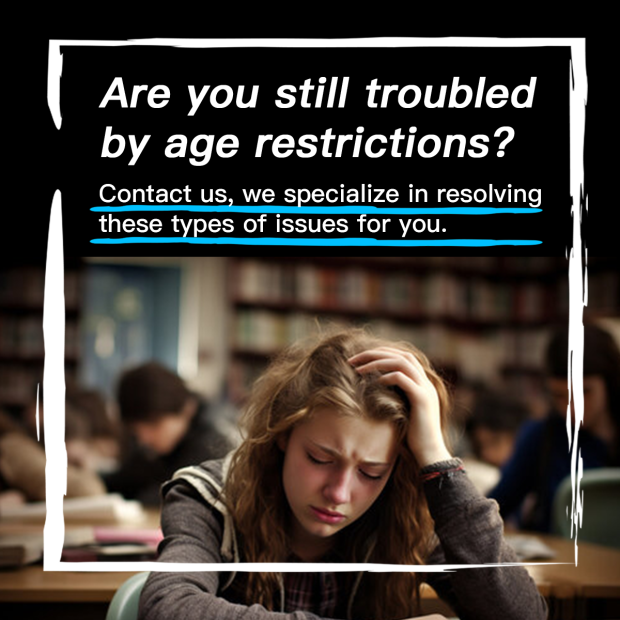What is Real ID and Why It Matters for Hiring
Real ID refers to a type of government-issued identification card or driver’s license that meets specific security standards set by the U.S. Department of Homeland Security (DHS). Established under the 2005 Real ID Act, this initiative aims to create a more secure form of identification to combat fraud, identity theft, and other security risks. By 2023, Real ID became a requirement for accessing federal facilities, boarding domestic flights, and, increasingly, for certain employment processes that involve background checks.
For employers and employment agencies, Real ID serves as a reliable tool to confirm an applicant’s identity. Unlike standard state-issued IDs, Real ID includes enhanced security features such as laser-engraved images, tamper-resistant materials, and machine-readable zones. These features make it harder to forge or alter, providing a higher level of confidence in the accuracy of personal information during pre-employment screenings.
The Core Responsibilities of Employment Agencies in Background Checks
Employment agencies act as intermediaries between job seekers and employers, often handling critical steps in the hiring process, including background checks. Their role extends beyond matching skills to job requirements; they are tasked with verifying an applicant’s identity, employment history, criminal records, and other relevant details to ensure candidates meet an employer’s standards.

Key tasks for employment agencies during background checks include:
- Collecting and validating personal information (name, date of birth, Social Security number)
- Cross-referencing identification documents with government databases
- Conducting criminal history searches (local, state, and national levels)
- Verifying educational credentials and past employment records
- Ensuring compliance with federal and state laws governing background checks (e.g., Fair Credit Reporting Act)
By managing these steps, agencies help employers reduce risks such as hiring individuals with falsified identities, undisclosed criminal histories, or misrepresented qualifications.
How Real ID Enhances Employment Agency Background Checks
Real ID plays a pivotal role in strengthening the accuracy and reliability of employment background checks. Here’s how it integrates into the process:
1. Identity Verification at the Source
Before delving into criminal or employment history, agencies must first confirm that the applicant is who they claim to be. Real ID provides a standardized, federally approved method for this verification. For example, an agency can request a Real ID card, then use its unique security features (e.g., holographic images, microprinting) to check for counterfeits. Additionally, the card’s machine-readable zone allows agencies to cross-reference details with the DHS or state motor vehicle department databases, ensuring the ID is valid and not reported as lost or stolen.
2. Reducing Identity Fraud in Hiring
Identity fraud is a significant concern for employers. According to the Federal Trade Commission, over 1.4 million identity theft reports were filed in 2022, many of which involved forged IDs used to secure employment. Real ID’s strict issuance requirements—such as requiring applicants to provide original documents (birth certificate, Social Security card, proof of residency)—make it far harder for individuals to use stolen or fake identities. Employment agencies that prioritize Real ID verification can drastically lower the risk of placing fraudulent candidates.
3. Streamlining Compliance with Federal and State Laws
Many industries (e.g., healthcare, finance, transportation) have strict regulatory requirements for employee background checks. For instance, roles involving access to sensitive data or vulnerable populations may mandate federal-level identity verification. By using Real ID, employment agencies align with these regulations, as the ID itself is designed to meet DHS standards. This alignment simplifies compliance documentation and reduces the likelihood of legal disputes over hiring practices.
4. Improving Trust Between Employers and Agencies
Employers rely on agencies to deliver pre-screened, trustworthy candidates. When an agency consistently uses Real ID to verify identities, it demonstrates a commitment to thoroughness and security. This builds long-term trust, as employers gain confidence that the candidates presented have undergone rigorous identity checks, minimizing the risk of costly hiring mistakes.
Challenges Employment Agencies Face with Real ID in Background Checks
While Real ID offers clear benefits, its integration into background checks is not without challenges. Agencies must navigate:
1. Varying State Implementation Timelines
Though the federal deadline for Real ID compliance was 2023, states rolled out the IDs at different paces. Some states faced delays due to technical or logistical issues, leaving a portion of the population without Real IDs. This creates a hurdle for agencies, as they may need to accept alternative forms of identification (e.g., passports, military IDs) for applicants who haven’t yet obtained a Real ID.
2. Balancing Privacy and Verification Needs
Real ID requires applicants to share sensitive personal information (e.g., Social Security numbers, proof of residency) during issuance. Employment agencies must handle this data carefully to avoid breaches. Compliance with laws like the General Data Protection Regulation (GDPR) or the California Consumer Privacy Act (CCPA) adds layers of complexity, as agencies must ensure data is stored securely and only used for authorized purposes.
3. Educating Applicants and Employers
Many job seekers remain unaware of Real ID requirements, leading to confusion during the application process. Agencies often need to explain why Real ID is necessary, how to obtain one, and what alternatives are available. Similarly, employers may need guidance on how Real ID fits into their broader background check policies, especially if they’ve relied on traditional ID verification methods in the past.
Common Problems and Solutions in Real ID-Based Background Checks
Employment agencies frequently encounter specific issues when using Real ID in background checks. Below are five common problems and actionable solutions:
-
Problem: Applicant Doesn’t Have a Real ID
Solution: Accept federally approved alternative IDs, such as a U.S. passport, military ID, or permanent resident card. Agencies should inform applicants of these options and guide them through the process of obtaining a Real ID if needed for future roles requiring federal access (e.g., airport jobs).
-
Problem: Real ID Information Doesn’t Match Other Records
Solution: If an applicant’s Real ID name, date of birth, or Social Security number conflicts with details from other sources (e.g., employment history, educational records), agencies should request additional documentation (e.g., marriage certificate, court order) to resolve discrepancies. Cross-referencing with state or federal databases (e.g., SSA’s Death Master File) can also clarify inconsistencies.
-
Problem: Concerns About Data Security When Handling Real ID Details
Solution: Implement strict data security protocols, including encryption for digital records, limited access to sensitive information, and regular audits of storage systems. Agencies should also train staff on best practices for handling personal data and ensure compliance with relevant privacy laws.
-
Problem: Employers Requiring Real ID for Non-Mandatory Roles
Solution: Educate employers that Real ID is only federally required for specific purposes (e.g., airport access, federal facilities). For other roles, agencies can explain that alternative IDs are legally acceptable and that requiring Real ID may limit the pool of qualified candidates. Instead, focus on the security benefits of Real ID without making it a strict requirement unless necessary.
-
Problem: Difficulty Verifying Real IDs from Out-of-State Applicants
Solution: Use online verification tools provided by state motor vehicle departments or third-party services that cross-check Real ID details with state databases. Agencies can also request a copy of the applicant’s Real ID (with consent) and compare its security features (e.g., holograms, barcodes) to known templates for that state.
By addressing these challenges proactively, employment agencies can leverage Real ID to enhance the accuracy, security, and efficiency of their background check processes. This not only benefits employers by reducing hiring risks but also helps job seekers by ensuring fair, transparent, and trustworthy screening practices.


